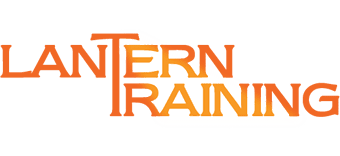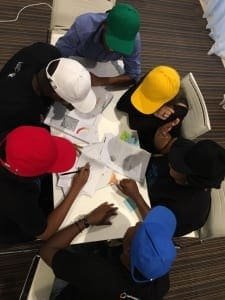We know we need a strong, cohesive, motivated team, but what does that really look like? How about this for starters?
– Colleagues that work effectively with each other, ensuring that service levels are excellent, communication is transparent and that everyone is motivated and committed to “do their best”.
– Client facing staff that can build positive, trusting rapport with customers who, in turn, feel confident in the service provided.
– Staff that have healthy respect for the talents and diversity of their team members and can work well together under pressure and in stressful situations.
– Staff that have a healthy attitude towards self development and are clear about how they need to improve and their own personal developmental goals moving forward.
There are a number of ways that we can look to achieve this, but today let’s take a look at Lumina Learning …
The Lumina Learning suite of psychometrics is the next generation of personal and professional development tools supporting individuals and teams to work more effectively, to drive performance and improve the bottom line.

Lumina Spark is the first step on this journey and provides an accurate, personalised Portrait focusing on increased self-awareness and practical development points to assess and improve communication, teamwork and leadership.
By taking a humanistic approach and viewing people as “human beings” rather than “human doings” Lumina Spark sets out to help organisations transform their performance by transforming their people.
Lantern Training is the only certified practitioner of Lumina Learning in East Africa and we are passionate about improving personal effectiveness at all levels within organisations.
Team development programmes are visual, dynamic and can be life-changing. By introducing Lumina into your organisation, we can guarantee that your teams will never look back!
It’s personal: All of our scientifically validated psychometrics, systems and resources are highly individualised so everybody touched by our programmes receives a meaningful, personal experience!
It’s customisable: Whilst we always recommend starting with the Lumina Spark assessment, every single programme we run is highly tailored to each organisation’s and each individual’s need. In the future you may like to build on the programme through Lumina Leadership, Lumina Sales and Lumina Emotion.
It sticks: We use colourful and practical imagery that people remember easily and apply in every aspect of their lives even years after a Lumina Learning experience.
It works: Our approach is flexible, measurable and results-orientated. We ensure everybody is held accountable, making sure that you receive the best possible benefits to ensure that your goals are met.
Call us on 0702 369224 and invest in a strong, motivated team!









